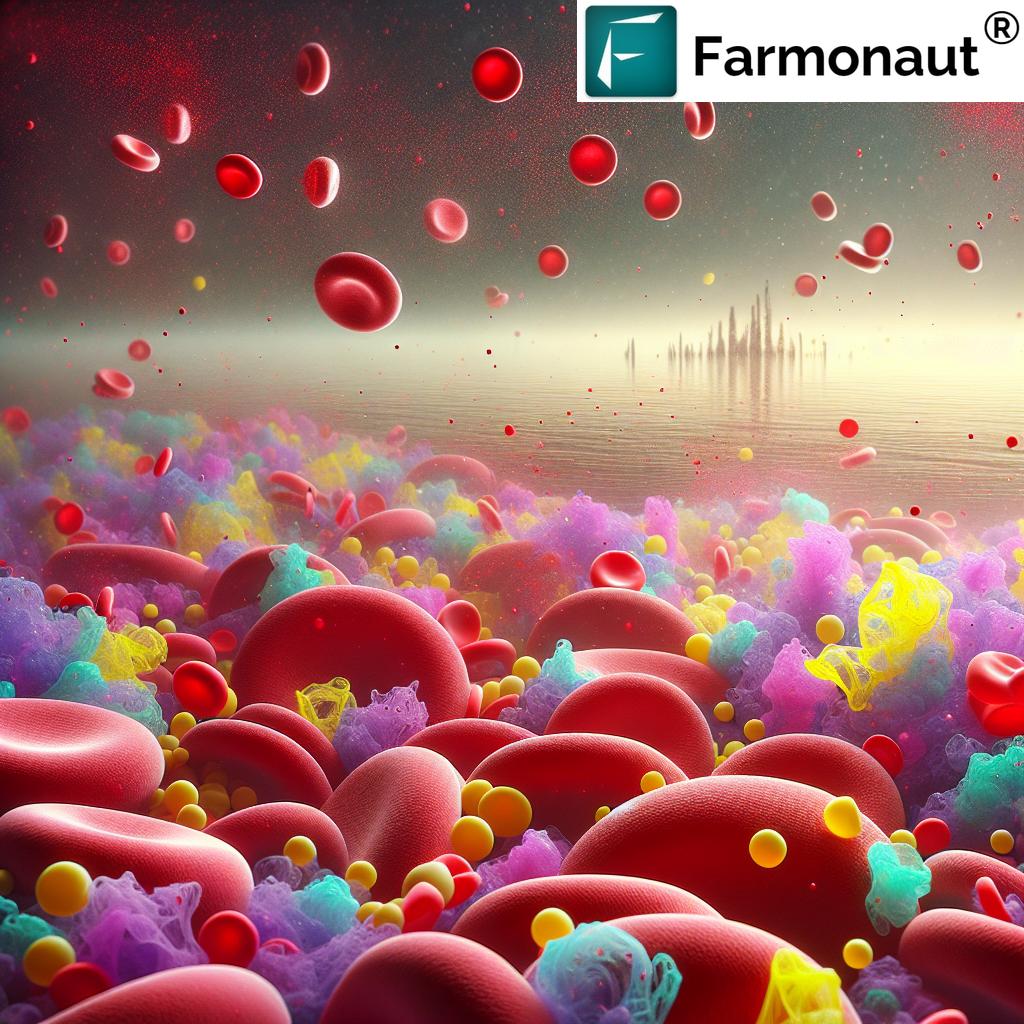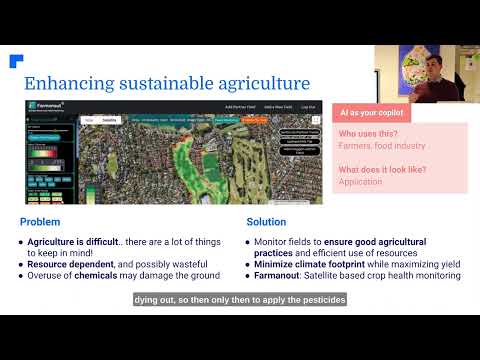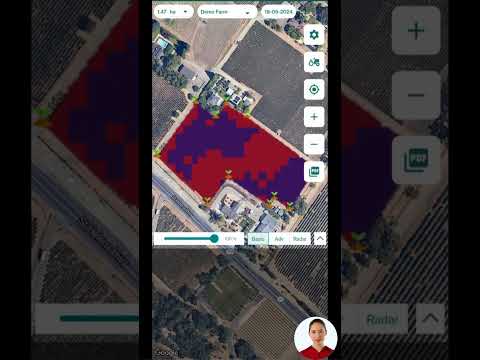The Silent Invasion: How Microplastics in West Palm Beach Are Impacting Human Health and Ecosystems

“Studies have found microplastics in human blood and lung tissue, with particles as small as nanometers in size.”
In the picturesque coastal city of West Palm Beach, Florida, a silent invasion is underway. Microplastics, tiny particles of plastic less than 5 millimeters in size, are infiltrating our environment and, alarmingly, our bodies. This growing crisis poses significant risks to both human health and the delicate ecosystems that surround us. As we delve into this critical issue, we’ll explore the latest research, the far-reaching impacts, and the urgent need for action to address this pervasive form of pollution.
Understanding Microplastics: A Growing Threat
Microplastics are not a new phenomenon, but our understanding of their prevalence and potential dangers has expanded dramatically in recent years. These minute particles result from the breakdown of larger plastic items or are intentionally manufactured at microscopic sizes for various industrial applications. Their ubiquity in our environment is staggering, with studies detecting microplastics in oceans, rivers, soil, air, and even in human blood and lung tissue.
In West Palm Beach, the proximity to the Atlantic Ocean and the Intracoastal Waterway makes the area particularly vulnerable to microplastic pollution. These waterways serve as both sinks and conduits for plastic debris, which eventually breaks down into smaller particles.
Sources of Microplastics in West Palm Beach
- Beach litter and marine debris
- Urban runoff carrying tire particles and synthetic fibers
- Wastewater treatment plants unable to filter out all microplastics
- Agricultural activities using plastic mulch or contaminated compost
The pervasiveness of microplastics in our local environment is alarming. Recent studies have shown that these particles are not just confined to our waters but are also present in the air we breathe and the food we consume. This widespread contamination has led researchers to investigate the potential health risks associated with microplastic exposure.
The Health Implications of Microplastic Exposure
The discovery of microplastics in human blood and lung tissue has raised significant concerns among health professionals and researchers. Dr. Matthew Campen, an inhalation toxicologist at the University of New Mexico, describes our current understanding of microplastics as merely the “tip of the iceberg.” His research into how these particles penetrate lung tissue highlights the potential for serious health consequences.
Key Health Risks Associated with Microplastics:
- Inflammation of tissues
- Disruption of the gut microbiome
- Potential carcinogenic effects
- Endocrine disruption
- Oxidative stress leading to cell damage
Dr. Philip Kuriakose, a cancer and blood specialist, warns that microplastics might damage the stomach lining and provoke inflammatory responses in the body. This inflammation could potentially lead to chronic diseases and other long-term health issues.
The concern extends beyond visible microplastics to nanoplastics, particles so small they are invisible to the naked eye and smaller than human cells. Dr. Campen theorizes that these nanoplastics may be infiltrating our bodies through the fats we absorb during digestion. This is particularly worrisome as these tiny particles can potentially cross biological barriers, including the blood-brain barrier.
Microplastics in the Food Chain: From Ocean to Table
The presence of microplastics in our food supply is a growing concern, especially in coastal areas like West Palm Beach where seafood is a significant part of the local diet. As plastic pollution in our oceans increases, so does the likelihood of microplastics entering the marine food chain.
How Microplastics Enter Our Food:
- Marine organisms ingest microplastics, mistaking them for food
- Larger fish consume these contaminated smaller organisms
- Humans eat fish and shellfish containing accumulated microplastics
- Microplastics in soil contaminate crops and livestock feed
- Plastic packaging leaches microplastics into food and drinks
The impact of microplastics on our food supply extends beyond just seafood. Recent studies have detected these particles in fruits, vegetables, and even bottled water. This widespread contamination raises concerns about the long-term effects on human health and the need for more rigorous food safety standards.
Environmental Impact: Ecosystems at Risk
The effects of microplastics on ecosystems are far-reaching and potentially devastating. In West Palm Beach, where diverse marine and coastal ecosystems thrive, the threat is particularly acute.
Ecosystem Impacts of Microplastic Pollution:
- Disruption of marine food webs
- Reduced biodiversity in affected areas
- Alterations in soil composition and fertility
- Contamination of freshwater systems
- Potential biomagnification of toxins up the food chain
The presence of microplastics in these ecosystems can have cascading effects. For instance, when marine organisms ingest these particles, it can lead to reduced feeding and growth rates, affecting their overall survival and reproduction. This, in turn, can impact the entire food web, from the smallest plankton to large predators.

“Plastic production has surged to over 380 million tons annually, exacerbating the microplastic pollution crisis worldwide.”
The Scale of the Problem: Plastic Production and Pollution
The sheer scale of plastic production and pollution is staggering. With current estimates reaching 400 billion tons of plastic produced annually, the problem of microplastic pollution is set to worsen before it improves. Even if production were to cease immediately, the existing plastics in landfills and oceans would continue to degrade for centuries, releasing more microplastics into the environment.
In West Palm Beach, like many coastal cities, the impact of this global crisis is acutely felt. Beach cleanups regularly collect thousands of pounds of plastic debris, but this represents only a fraction of the problem. Much of the plastic pollution in our oceans exists as microplastics, invisible to the naked eye but present in every sample of seawater tested.
Current Research and Future Directions
The scientific community is rapidly expanding its understanding of microplastics and their impacts. Researchers are developing new methods to detect and quantify these particles in various environments and biological samples. However, many questions remain unanswered, particularly regarding the long-term health effects of chronic exposure to microplastics.
Key Areas of Ongoing Research:
- Improved detection methods for nanoplastics in biological samples
- Long-term epidemiological studies on microplastic exposure
- Ecological impacts on keystone species and ecosystem functions
- Development of biodegradable alternatives to conventional plastics
- Innovative technologies for removing microplastics from the environment
As research progresses, it’s becoming clear that addressing the microplastic crisis will require a multifaceted approach, involving science, policy, and public engagement.
Government Action and Policy Responses
The growing awareness of the microplastic crisis has prompted calls for greater governmental accountability and action. Dr. Campen emphasizes the need for comprehensive policies to address this complex issue, criticizing current advice that often focuses on minor issues while ignoring more pressing problems related to microplastics.
Potential Policy Responses:
- Stricter regulations on plastic production and disposal
- Incentives for the development of biodegradable alternatives
- Improved waste management and recycling infrastructure
- Funding for research into microplastic detection and remediation
- Public education campaigns on reducing plastic consumption
In West Palm Beach, local government initiatives have begun to address plastic pollution through bans on single-use plastics and increased funding for beach and waterway cleanups. However, more comprehensive action is needed to tackle the invisible threat of microplastics.
Individual Action: What Can We Do?
While the scale of the microplastic problem can seem overwhelming, individual actions can make a difference. By reducing our plastic consumption and properly disposing of plastic waste, we can help mitigate the flow of microplastics into the environment.
Steps Individuals Can Take:
- Choose reusable items over single-use plastics
- Properly recycle plastic items
- Participate in local beach and waterway cleanups
- Support businesses that use sustainable packaging
- Advocate for stronger environmental policies
Additionally, staying informed about the latest research and sharing knowledge with others can help raise awareness and drive collective action against microplastic pollution.
Innovative Solutions and Technologies
As the urgency of the microplastic crisis becomes clear, innovative solutions are emerging to address the problem. From novel filtration systems to biodegradable materials, technology is playing a crucial role in combating microplastic pollution.
Promising Technological Approaches:
- Advanced wastewater treatment technologies to capture microplastics
- Development of biodegradable plastics from natural materials
- Ocean cleanup systems designed to collect microplastics
- Nanotechnology for the breakdown of plastic pollutants
- Remote sensing and AI for monitoring and tracking plastic pollution
In this context, companies like Farmonaut are leveraging technology to address environmental challenges. While not directly focused on microplastics, Farmonaut’s satellite-based farm management solutions contribute to sustainable agriculture practices, which can indirectly reduce reliance on plastic materials in farming.
Farmonaut’s platform offers valuable services such as real-time crop health monitoring and resource management tools, which can help farmers optimize their practices and reduce environmental impact. By promoting precision agriculture, Farmonaut indirectly supports efforts to minimize plastic use in agricultural settings.
The Future of Microplastic Research and Mitigation
As we look to the future, it’s clear that addressing the microplastic crisis will require ongoing research, technological innovation, and concerted global action. The complexity of the problem demands a multidisciplinary approach, bringing together experts from fields such as environmental science, public health, materials engineering, and policy.
Key Areas for Future Focus:
- Development of standardized methods for microplastic detection and quantification
- Long-term studies on the health effects of chronic microplastic exposure
- Innovation in materials science to create truly biodegradable alternatives to conventional plastics
- Implementation of circular economy principles to reduce plastic waste
- International cooperation on plastic pollution reduction and cleanup efforts
In West Palm Beach and beyond, the fight against microplastic pollution will require sustained effort and collaboration across sectors. By combining scientific research, technological innovation, policy action, and public engagement, we can work towards a future where the threat of microplastics to human health and ecosystems is significantly reduced.
Conclusion: A Call to Action
The silent invasion of microplastics in West Palm Beach and around the world represents one of the most pressing environmental and public health challenges of our time. As we’ve explored in this article, the impacts of these tiny plastic particles on human health and ecosystems are far-reaching and potentially devastating.
From the beaches of West Palm Beach to the depths of the ocean, microplastics are ubiquitous, infiltrating our food supply, our bodies, and the delicate balance of nature. The urgency of this crisis calls for immediate and decisive action at all levels of society.
We must support ongoing research to better understand the long-term effects of microplastic exposure. We need to advocate for stronger policies to reduce plastic production and improve waste management. As individuals, we can make conscious choices to reduce our plastic consumption and properly dispose of plastic waste.
The fight against microplastic pollution is not just about protecting our environment; it’s about safeguarding our health and the health of future generations. By working together and leveraging innovative solutions, we can turn the tide on this silent invasion and create a cleaner, healthier future for West Palm Beach and beyond.
Microplastic Contamination Comparison in West Palm Beach
| Environment Type | Estimated Microplastic Concentration | Potential Health Risks | Primary Sources of Contamination | Suggested Mitigation Measures |
|---|---|---|---|---|
| Beaches | 500-1000 particles/kg of sand | Skin irritation, inhalation risks | Beach litter, ocean debris | Regular beach cleanups, public education |
| Coastal Waters | 10-100 particles/L | Ingestion through seafood, ecosystem disruption | Runoff, wastewater discharge | Improved wastewater treatment, stormwater management |
| Urban Soil | 100-500 particles/kg | Plant uptake, potential food chain contamination | Littering, tire wear, synthetic textiles | Green infrastructure, reduced use of synthetic materials |
| Air (Urban Areas) | 1-10 particles/m³ | Respiratory issues, potential systemic absorption | Vehicle emissions, industrial processes | Improved air filtration, emission controls |
| Freshwater (Canals) | 5-50 particles/L | Aquatic ecosystem damage, potential drinking water contamination | Urban runoff, improper waste disposal | Canal cleanup initiatives, source reduction strategies |
FAQ Section
Q: What are microplastics?
A: Microplastics are tiny plastic particles less than 5 millimeters in size. They can result from the breakdown of larger plastic items or be intentionally manufactured at microscopic sizes for various applications.
Q: How do microplastics enter our bodies?
A: Microplastics can enter our bodies through ingestion (consuming contaminated food or water), inhalation of airborne particles, and potentially through skin contact.
Q: What are the health risks associated with microplastic exposure?
A: Potential health risks include inflammation of tissues, disruption of the gut microbiome, possible carcinogenic effects, endocrine disruption, and oxidative stress leading to cell damage.
Q: How can I reduce my exposure to microplastics?
A: You can reduce exposure by filtering your drinking water, avoiding single-use plastics, choosing natural fiber clothing, and consuming less processed foods.
Q: What is being done to address the microplastic pollution crisis?
A: Efforts include research into detection and remediation methods, policy initiatives to reduce plastic production and improve waste management, and development of biodegradable alternatives to conventional plastics.
Earn With Farmonaut
Earn 20% recurring commission with Farmonaut’s affiliate program by sharing your promo code and helping farmers save 10%. Onboard 10 Elite farmers monthly to earn a minimum of $148,000 annually—start now and grow your income!
Learn More About Farmonaut’s Affiliate Program
Farmonaut Subscriptions
For more information on Farmonaut’s services:







